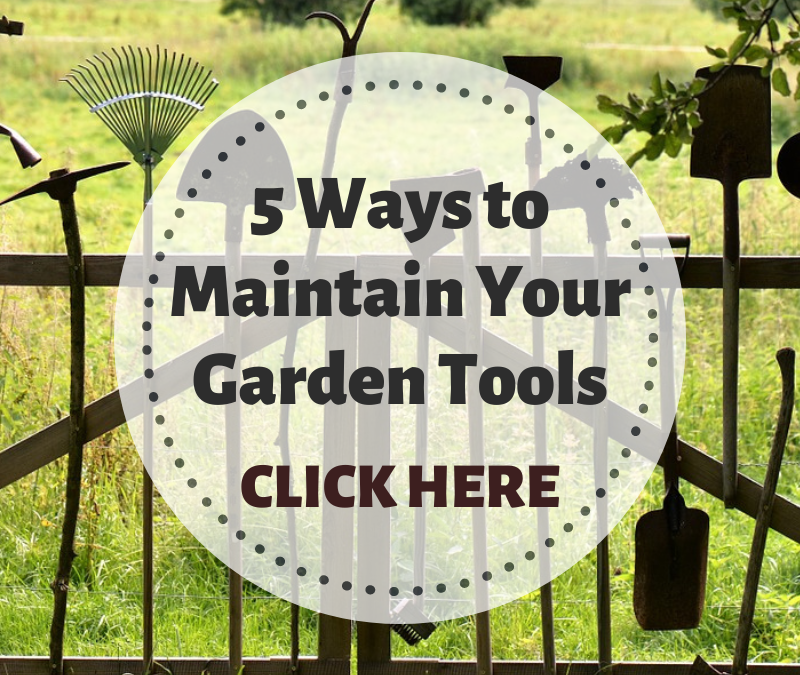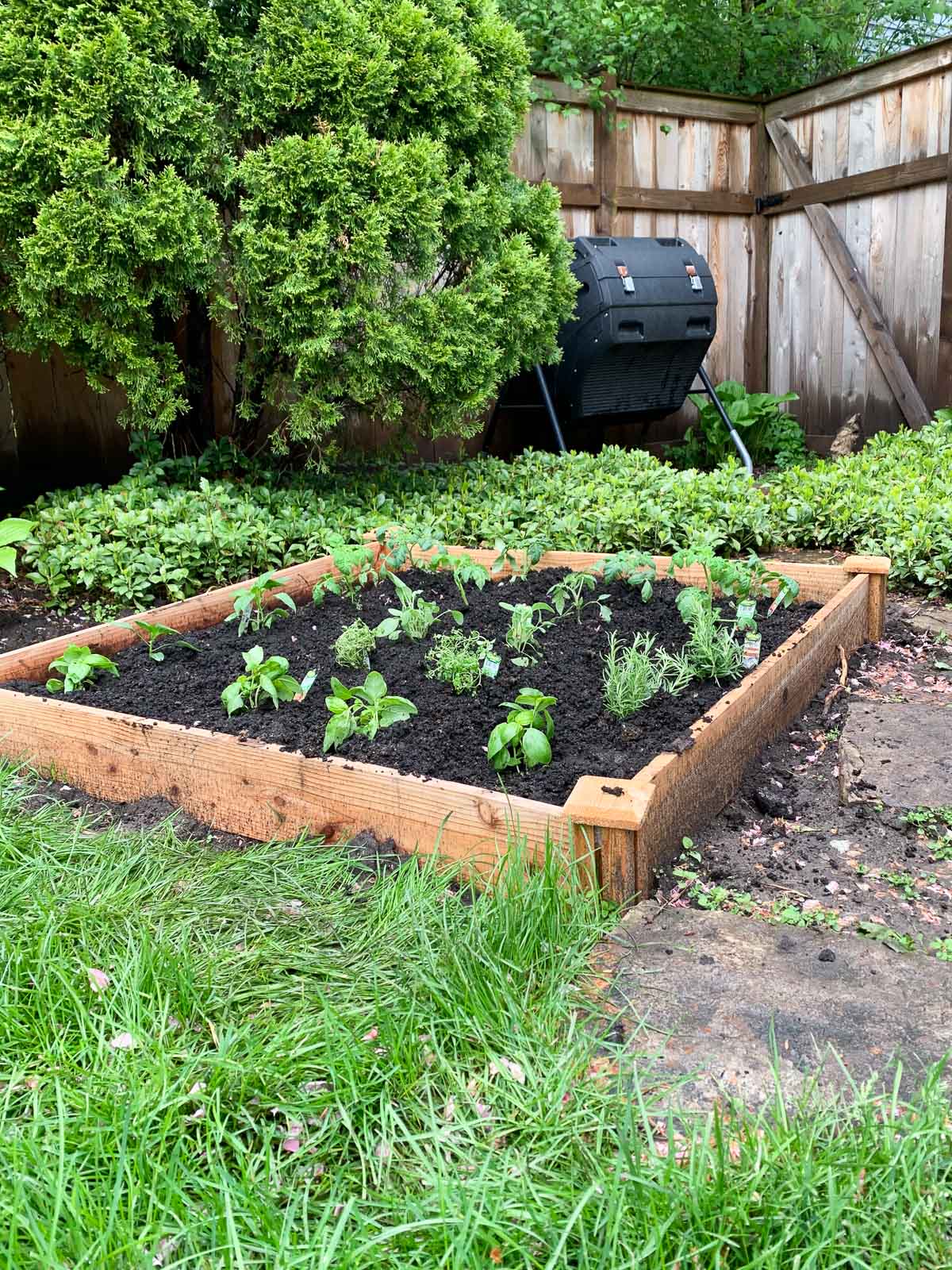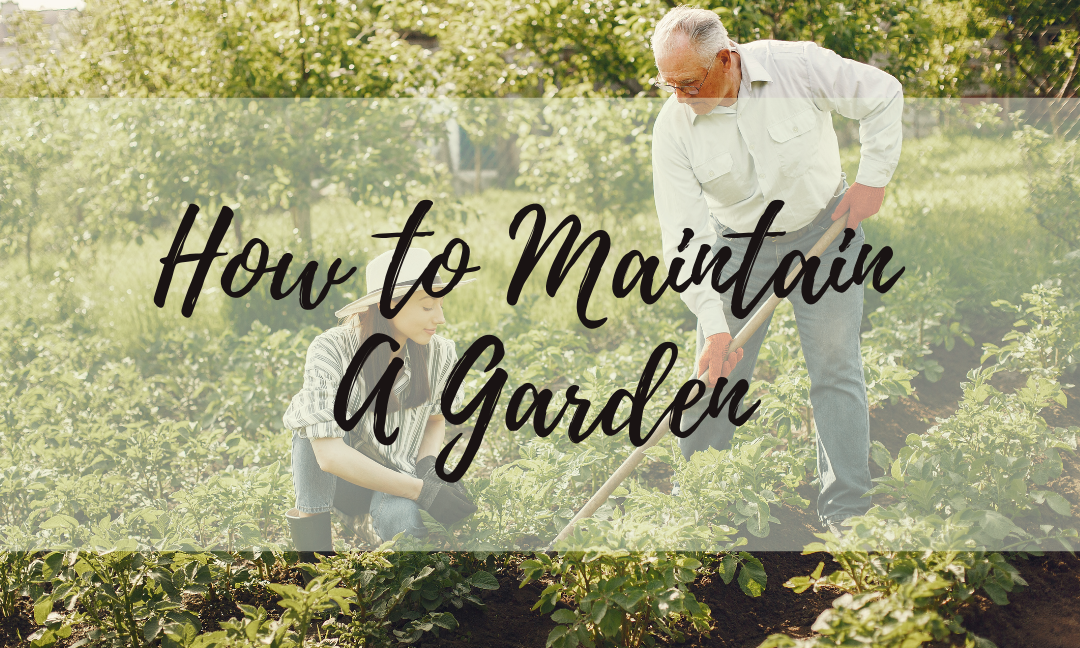Maintaining a garden can seem challenging. But with the right tips, it’s simple.
Whether you’re new to gardening or have a green thumb, understanding basic garden care is essential. A well-maintained garden not only looks beautiful but also thrives better. From watering to pruning, each task plays a role in your garden’s health.
It’s about creating a routine and sticking to it. Regular care ensures your plants grow strong and resist pests. With a few easy steps, you can keep your garden lush and vibrant all year round. Ready to dive into the world of garden maintenance? Let’s explore how to keep your garden in top shape!

Credit: soiltosupper.com
Choosing The Right Plants
Choose plants that fit your climate. Some plants love hot weather. Others like cold. Research your area’s climate. This helps plants grow better. Tropical plants need warm places. Cacti thrive in deserts. Pine trees grow in cold regions. This makes your garden happy.
Plants need the right soil. Some like sandy soil. Others prefer clay. Check your soil type first. Add compost to improve it. Flowers like rich soil. Vegetables need well-drained soil. Roses prefer loamy soil. This helps plants stay healthy.
Soil Preparation
Good soil is key for a healthy garden. First, check the soil quality. Take a small sample of soil. Use a testing kit from a garden store. Follow the instructions on the kit. The kit will show the pH level of your soil. Ideal pH for most plants is between 6.0 and 7.0. Make changes to the soil if needed. This helps plants grow better.
Nutrients help plants grow strong. Add compost to your soil. Compost is rich in nutrients. Use a shovel to mix it into the soil. You can also add manure. Manure has many nutrients too. Be sure it is well-rotted. Fresh manure can harm plants. Fertilizer is another option. Choose a balanced fertilizer with equal parts of nitrogen, phosphorus, and potassium. Follow the instructions on the package. Over-fertilizing can damage plants.
Watering Techniques
Watering your garden at the right time is important. Early morning is the best time. Plants can absorb water before it gets hot. This helps them stay hydrated longer. Evening is also good. But, leaves might stay wet overnight. This can cause diseases. So, morning is better.
Drip irrigation saves water. It delivers water directly to the roots. This reduces waste. Soaker hoses are also effective. They slowly release water along their length. This ensures even watering. Sprinklers can be used for larger areas. But, they might waste water. Always check for leaks. Fix them quickly to save water.
Pruning And Trimming
Pruning is key for healthy plants. Always cut dead branches first. This helps new growth. Early spring is best for most plants. Some flowers need summer pruning. Check your plant’s needs. Trim roses after blooming. This keeps them strong. Regular pruning prevents disease. It also shapes your garden.
Good tools make trimming easy. Use sharp pruning shears for small branches. Loppers help with thicker branches. A saw is best for big cuts. Always clean tools after use. This prevents disease spread. Oil blades for smooth cuts. Wear gloves to protect hands. Safety goggles keep eyes safe. Choose the right tool for the job.
Pest Control
Garden pests can be a big problem. Aphids are small green bugs. They suck sap from plants. Snails and slugs eat leaves. They come out at night. Caterpillars chew holes in leaves. Spider mites are tiny and can cause leaves to turn yellow. Whiteflies look like small white moths. They fly around when plants are disturbed.
Use soap spray to kill pests. Mix soap and water. Spray on leaves. Neem oil works well too. It keeps insects away. Ladybugs eat aphids. Release them in the garden. Garlic spray can repel pests. Mix garlic with water. Spray on plants. Plant marigolds to deter insects. They act as natural repellents.

Credit: www.angi.com
Fertilizing Strategies
There are many types of fertilizers. Organic fertilizers come from natural sources. They include compost, manure, and bone meal. Inorganic fertilizers are man-made. They include chemicals like nitrogen, phosphorus, and potassium. Slow-release fertilizers break down over time. They provide nutrients slowly. Liquid fertilizers are fast-acting. They are mixed with water and applied to plants.
Broadcasting spreads fertilizer over a large area. Banding places it in rows beside seeds. Foliar feeding sprays liquid fertilizer on leaves. Side-dressing adds fertilizer to the soil around growing plants. Top-dressing spreads it on the soil surface. Injection puts liquid fertilizer into the soil. Each method has its own benefits.
Mulching Benefits
Mulching helps keep the soil moist. This means less watering. It also reduces weeds. Weeds do not get the sunlight they need. Mulch keeps the soil temperature steady. This protects plant roots. Mulch can make your garden look tidy and neat.
There are two main types of mulch: organic and inorganic. Organic mulch includes leaves, straw, and wood chips. They break down and add nutrients to the soil. Inorganic mulch includes gravel, stones, and plastic sheeting. They do not break down but last longer.
First, clear the area of weeds. Next, spread the mulch evenly. Keep a few inches away from plant stems. This prevents rot. Use about 2-4 inches of mulch. Too much mulch can harm plants. Water the mulch after applying. This helps it settle in place.
Seasonal Care
Spring is the time for garden cleaning. Remove dead leaves and old plants. Add fresh soil to your garden beds. This helps plants grow better. Check your tools. Make sure they are clean and sharp. Plant new seeds. Water them well. Watch them grow.
Protect your garden in winter. Cover plants with mulch. This keeps them warm. Trim dead branches to keep plants healthy. Move fragile plants indoors. Water less in winter. Plants need less water in cold weather. Check for pests. Remove them quickly.
Garden Design
Start with a simple sketch. Draw where each plant will go. Keep it clear. Think about space. Plants need room to grow. Put taller plants at the back. Shorter ones should be in front. This helps the sun reach all plants. Use paths to make it easy to walk. Paths can be straight or curved.
Choose colors that look good together. Mix bright and soft colors. Think about plant shapes. Different shapes make the garden interesting. Use a mix of big and small plants. Add some garden art. Statues or stones look nice. They add a special touch. Keep it simple. Too much can look messy. Balance is key.

Credit: www.homewithkeki.com
Maintaining Garden Tools
Clean tools after every use. Dirt and moisture can cause rust. Use soapy water and a brush. Dry tools completely before storing them. Store tools in a dry place. Hang them on hooks or keep in a shed. This prevents damage and extends their life.
Sharp tools work better and make gardening easier. Use a file or sharpening stone for this. Move the file along the blade edge. Follow the original angle of the blade. Check sharpness by cutting a piece of paper. A sharp tool cuts smoothly. Always sharpen tools safely.
Frequently Asked Questions
How Often Should I Water My Garden?
Water your garden 2-3 times a week. Adjust frequency based on weather and soil type.
What Are The Best Plants For Beginners?
Start with easy-to-grow plants like tomatoes, basil, and marigolds. They’re low-maintenance and rewarding.
How Can I Prevent Weeds In My Garden?
Use mulch to block sunlight and prevent weed growth. Regularly pull out any weeds you see.
What Is The Best Time To Plant Vegetables?
Plant vegetables in early spring or fall. This ensures optimal growth and better yield.
Conclusion
Maintaining a garden can be simple with regular care. Water your plants consistently. Prune dead leaves and branches often. Use natural fertilizers for healthy growth. Stay vigilant for pests and diseases. Enjoy the beauty and tranquility your garden offers. Follow these tips, and your garden will thrive.
Gardening connects you with nature. It brings joy and peace. Happy gardening!

My mission is to help you bring the beauty of nature indoors with expert advice, detailed plant care guides, and creative design ideas.





Leave a Reply